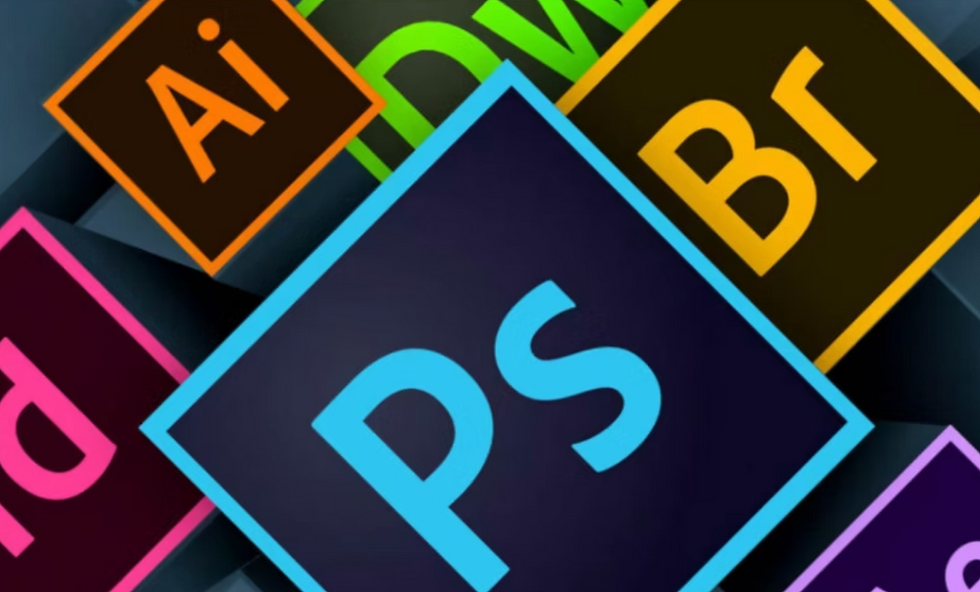Lights Out, Game On: Formula 1’s Race to Own the Spotlight
- Hope Valenti
- Aug 15
- 3 min read

Formula 1 is in full DRS.
And the franchise isn’t just overtaking other sports, it’s lapping them in the race for the global spotlight. From TikTok edits to red carpet premiers, Formula 1 has shifted from a niche fascination to a full-throttle fixture in the cultural fast lane.
The proof is in the numbers: ESPN reported that U.S. viewership across ESPN, ESPN2, and ABC is now averaging 1.3 million per race—a 7% increase over the 2024 season-to-date and a 17% jump compared to the full 2024 season.
In other words: the lights are out. And F1 is flying.
Streaming the Speed
When Drive to Survive launched, it wasn’t just a documentary. It was a turning point. As a lifelong F1 fan, the shift was impossible to miss. The politics of team principals, the heartbreak of mechanical failures, the tension of contract negotiations. It was a motorsports telenovela. Only with fewer long-lost family reveals.
The brilliance was in how it zoomed in on the people. We saw drivers as more than helmets and lap times. Suddenly they were twenty-somethings navigating impossible pressure, seasoned veterans fighting for one last shot, and team bosses balancing corporate expectations with raw ambition. We met the mechanics, the engineers, the strategists each with their own stake in the race.
It was marketing in motion. By making the sport about the people first, Drive to Survive built an emotional connection that statistics alone never could. Viewers didn’t just know who won the last race. They knew who hadn’t spoken to their teammate in weeks, whose contract was on the line, and why Ferrari’s latest strategy call might have them pacing the garage floor.
For newcomers, it was the perfect on-ramp to obsession: watch one episode, get hooked on the human drama, then stay for the 200 mph chess match. For the diehards, it didn’t replace race day—it supercharged it. Suddenly, the weeks between Grands Prix were just as compelling as lights-out on Sunday. Formula 1 isn’t confined to the track anymore. It’s a story you follow and live all year long.
From the Grid to Your Feed
The same storytelling that gripped Netflix viewers was tailor-made for the speed and shareability of social media. Teams and drivers quickly realized they weren’t just competing on track; they were competing for attention online. The playbook changed overnight.
We started seeing the people behind the helmets: Lando Norris livestreaming on Twitch, Daniel Ricciardo turning press conferences into comedy hours, Lewis Hamilton turning paddock walks into Paris Fashion Week. WAGs became part of the conversation, adding another layer of intrigue and visibility. TikTok edits turned race weekends into cinematic fan tributes, and interviews went viral for their candor and humor
The strategy was simple but brilliant: personality first, performance second. Every driver became a brand, every team a lifestyle. Content wasn’t just podium shots—it was behind-the-scenes banter, trending sounds, radio meltdowns, and viral clips that didn’t even need on-track footage to rack up millions of views.
Even more telling: a 2025 fan survey revealed 61% of fans consume F1 content daily, climbing to 70% among Gen Z, proving that this isn’t casual fandom. It’s a habit.
The Commercialization Lap
F1’s latest evolution goes beyond faster cars and closer racing—it’s about building a spectacle that sells. Merch collaborations with luxury brands, sponsorship deals styled like high-fashion campaigns, and now a big-budget Hollywood film starring A-list talent have pushed the sport into the realm of global entertainment. The movie isn’t just entertainment—it’s an advertisement for the brand itself, pulling in audiences who might never have watched a lap and converting them into merch-buying, content-sharing fans.
The movie didn’t just premiere—it rolled out like a Grand Prix weekend. Red carpet events, driver cameos, celebrity interviews, and cross-promotions with teams turned it into a months-long marketing blitz. For many, it was their first real glimpse into the sport’s adrenaline, glamour, and drama—packaged in a way that made them want to buy the merch, follow the socials, and tune in for the next race.
It’s a masterclass in commercialization. The racing is still the heart, but now it’s wrapped in layers of storytelling and celebrity designed to keep the sport in the spotlight 365 days a year. Formula 1 isn’t just selling tickets in the grandstands—it’s selling an identity, a lifestyle, and a never-ending story fans can’t stop following.
Formula 1 isn’t just in the race. It’s running away with it, full DRS deployed.



Comments